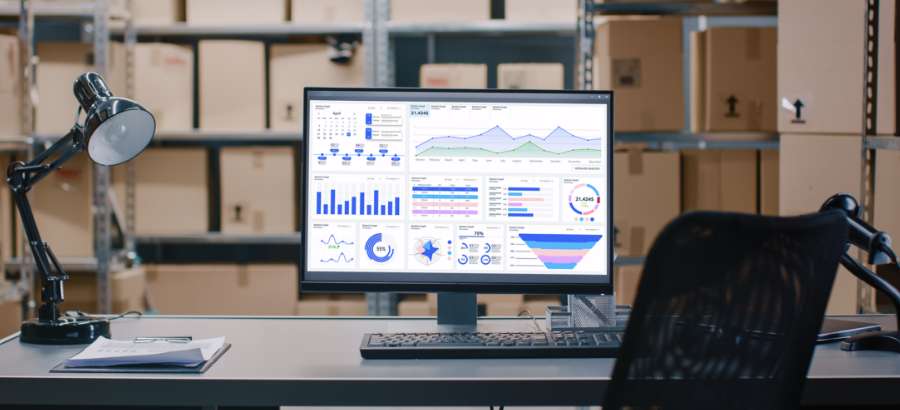The World Health Organization (WHO) declared COVID-19 a pandemic on March 11, 2020. While no one can accurately predict the long-term effects of COVID-19, many have already felt the effects of the disease, and have been left wondering about its impact on global manufacturing and distribution sectors.
As it stands, 75% of companies worldwide have reported supply chain disruptions as a result of COVID-19, according to a new survey released by the Institute for Supply Management (ISM). The study, which included more than half of the respondents representing U.S. manufacturing, states that manufacturers in China currently operate at about 50% capacity with only 56% staff attendance. Additionally, 6 in 10 (62%) respondents are experiencing delays in receiving orders from China. As a result of these disruptions, 1 in 6 firms are adjusting revenue targets.
At the same time, shelves in some retail stores remain empty. People have been panic-buying goods and now rely heavily on manufacturers to restock the shelves. However, global borders remain shut. Local manufacturing and distribution sectors have never played a more important role than the present.
Act Swiftly with Diversified Supplier Support
In response to the supply chain disruption, many organizations are now beginning to diversify their supplier base. In other words, local manufacturers should partner with local suppliers.
One way that this may be achieved is through a digitalized supply chain – like allowing organizations to invite suppliers to tender for the supply of local goods and services through a supply chain portal. SYSPRO offers such a supply chain portal, which is an interactive web self-service ERP platform for customers that resides within their ERP. The Supply Chain Portal minimizes document handling and other manual activities, while facilitating cross-functional collaboration internally. It improves corporate governance by enabling online engagements with customers and suppliers, which have further governance functionalities as well as traceability of the participants. Any inappropriate behavior can easily be identified by auditing the system.
Refocusing Production for the Needs at Hand
Australia has taken an approach of ‘thinking out of the box’ as far as their manufacturing sector is concerned. They have urged companies to “re-tool” and shift to a “war-time” style of manufacturing. The reference to “war-time style” of manufacturing dates to World War II, when factories were tasked with producing critical supplies needed for the war effort – namely war materials and equipment.
The Australian government is offering financial packages that incentivize factories to manufacture the critical supplies needed for this warlike masks and hand sanitizer in addition to their normal products.
Look Towards Technology to Maintain Business Continuity
While the WHO is calling for businesses, governments and individuals to be vigilant and change the disease’s trajectory, many businesses are looking towards social distancing and the possibility of remote working from home. While a complete remote working strategy may not always work for the manufacturing and distribution sectors, by investing in technology, such as Enterprise Resource Planning, organizational users can easily connect at any time, from anywhere, and still ensure that the organization continues to operate successfully.
With SYSPRO Avanti, SYSPRO’s Web Interface, you can choose the device that best meets the task at hand, whether in the office, on the shop floor, or from home, and continue to work just as before.
Due to the pandemic, additional receiving and manufacturing process steps can be added over and above the current process steps in your ERP system i.e. amended temporarily to include further quality assurance activities like wiping down surfaces, and spraying goods with chemical cleaners before allowing them into the warehouses or manufacturing.
Technology providers are also taking added precautions when interacting with manufacturing and distribution customers due to the potential risks. As a technology provider, SYSPRO, in turn, is also taken added precautionary steps like the additional sanitation precautions, remote working protocols and the restriction of inbound and international travel for employees. One of the critical technologies being utilized to reduce risk, is the use of video conferencing as an alternative to face-to-face meetings, both internally and globally.
The reality is, with the appropriate use of technology, adaptable solutions exist for business continuity in this fragile economy. However, the wellbeing of the staff and people, in general, need to be the priority, and this should serve as the primary motivation for the use of technology.






